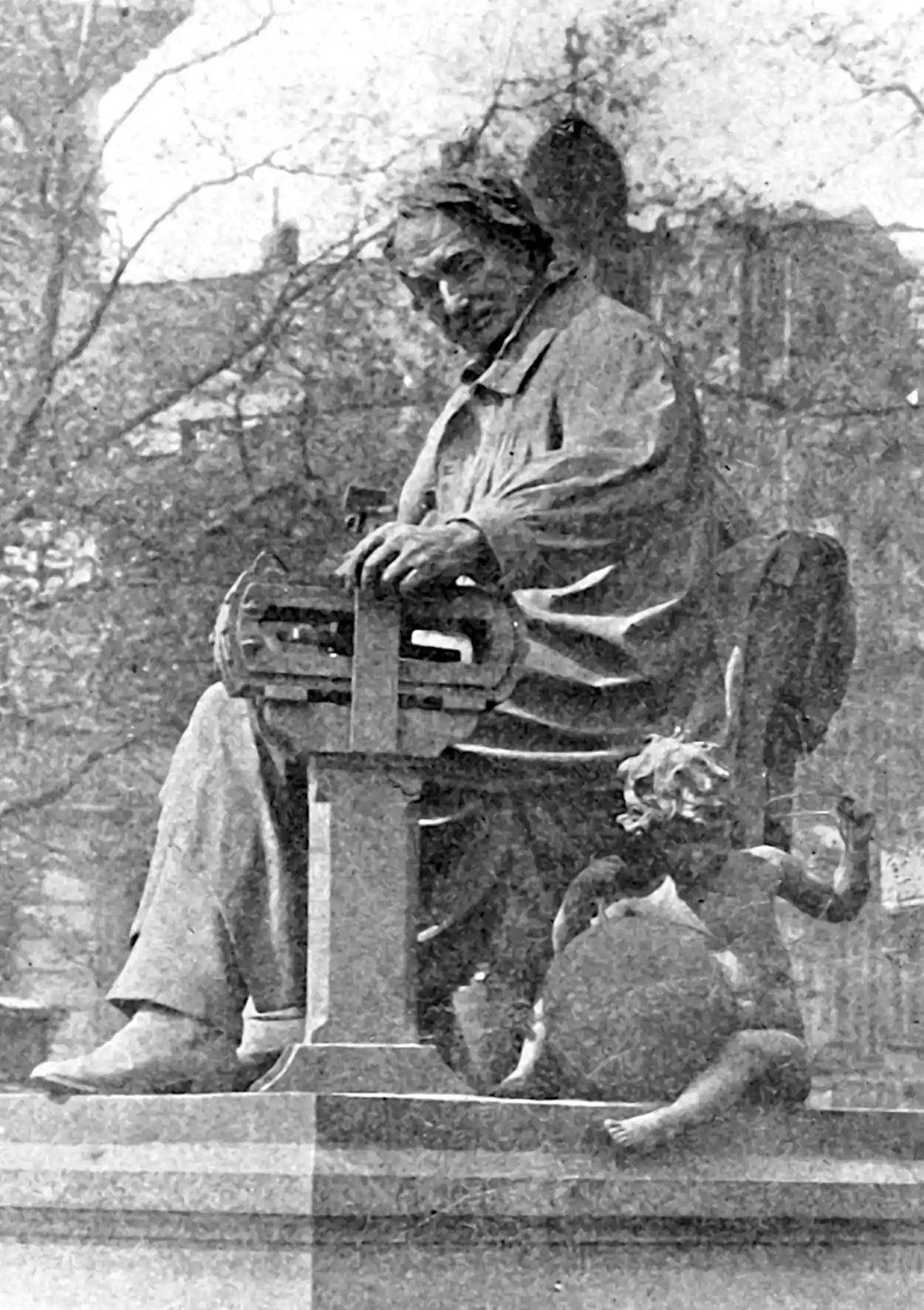Gaussian processes
August 6, 2016 — June 23, 2021
Suspiciously similar content
Assumed audience:
ML people
“Gaussian Processes” are stochastic processes/fields with jointly Gaussian distributions over all finite sets of observation locations. The most familiar of these to finance and physics people is the Gauss-Markov process, a.k.a. the Wiener process, but there are many others. These processes are convenient due to certain useful properties of the multivariate Gaussian distribution e.g. being uniquely specified by first and second moments, nice behaviour under various linear operations, kernel tricks…. Especially famous applications include Gaussian process regression and spatial statistics. Check out Ti’s Interactive visualization for some examples.
Gaussian processes are, specifically, probabilistic distributions over random functions \(\mathcal{T}\to \mathbb{C}\) for some index (or argument) set \(\mathcal{T}\) often taken to be \(\mathcal{T}:=\mathbb{R}^d\).
We typically work with a mean-zero process, in which case for every finite set \(\mathbf{f}:=\{f(t_k);k=1,\dots,K\}\) of observations of that process, the joint distribution is mean-zero Gaussian, \[\begin{aligned} \mathbf{f}(t) &\sim \operatorname{GP}\left(0, \kappa(t, t';\mathbf{\theta})\right) \\ &\Rightarrow\\ p(\mathbf{f}) &=(2\pi )^{-{\frac {K}{2}}}\det({\boldsymbol {\mathrm{K} }})^{-{\frac {1}{2}}}\,e^{-{\frac {1}{2}}\mathbf {f}^{\!{\mathsf {T}}}{\boldsymbol {\mathrm{K} }}^{-1}\mathbf {f}}\\ &=\mathcal{N}(\mathbf{f};0, \mathrm{K}). \end{aligned}\] where \(\mathrm{K}\) is the sample covariance matrix defined such that its entries are given by \(\mathrm{K}_{jk}=\kappa(t_j,t_k).\) That is, this is the covariance kernel that maps from function argument — \(t\) — to the second moment of function values. In this case, we are specifying only the second moments and this gives all the remaining properties of the process.
1 Simulation/generation
See GP simulation.
2 Derivatives and integrals
2.1 Integral of a Gaussian process
2.2 Derivative of a Gaussian process
TBD.
For now, see these blog posts:
- Spatial derivatives of Gaussian process models
- Derivatives and Gaussian Processes – CDT Data Science Blog
I am using results from Adler (2010), Adler and Taylor (2007). See also pathwise GPs for some useful results here.
3 Exceedance probabilities
(Adler 2010; Adler and Taylor 2007; Chung 2020; Taylor 2009)
